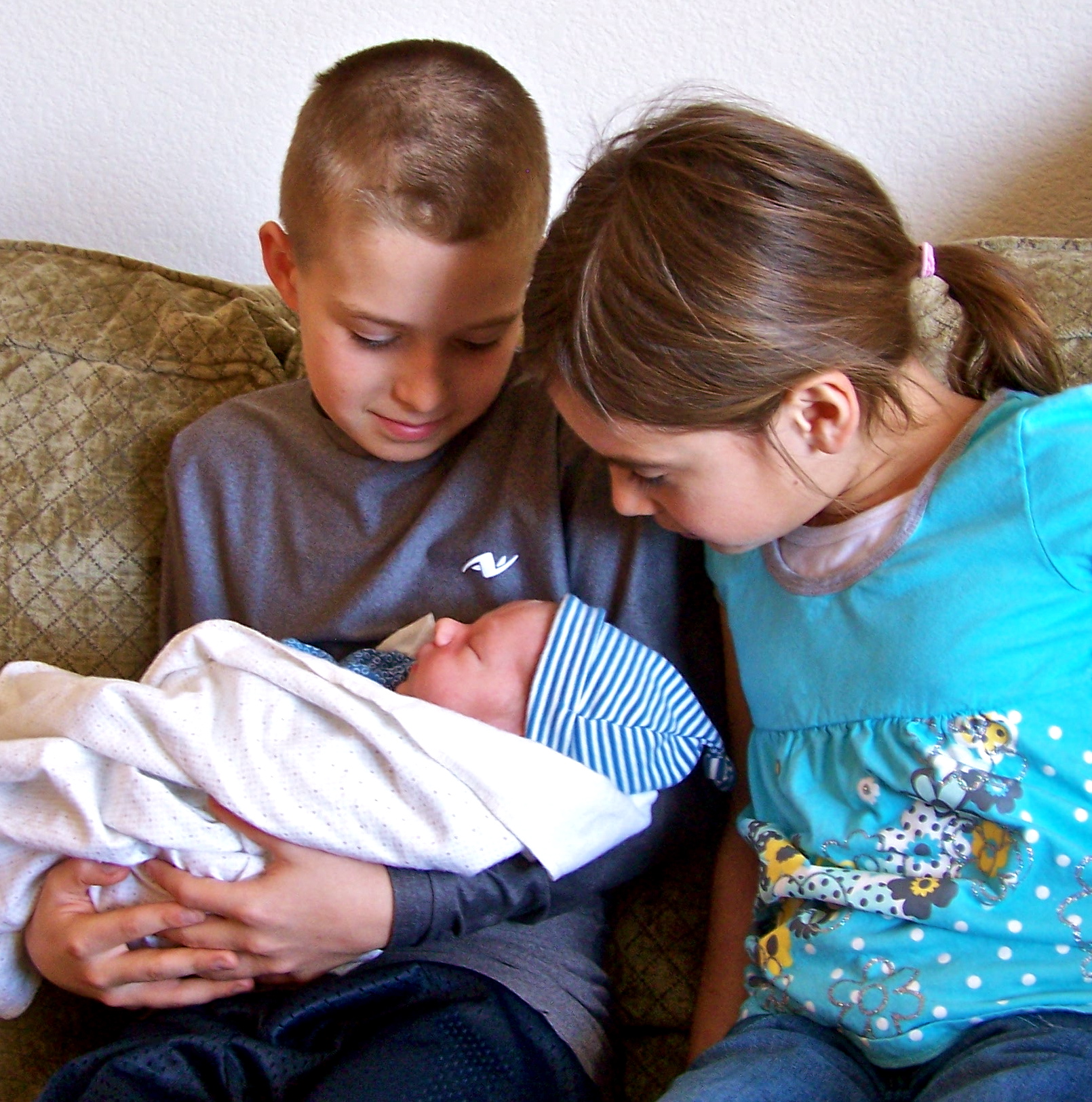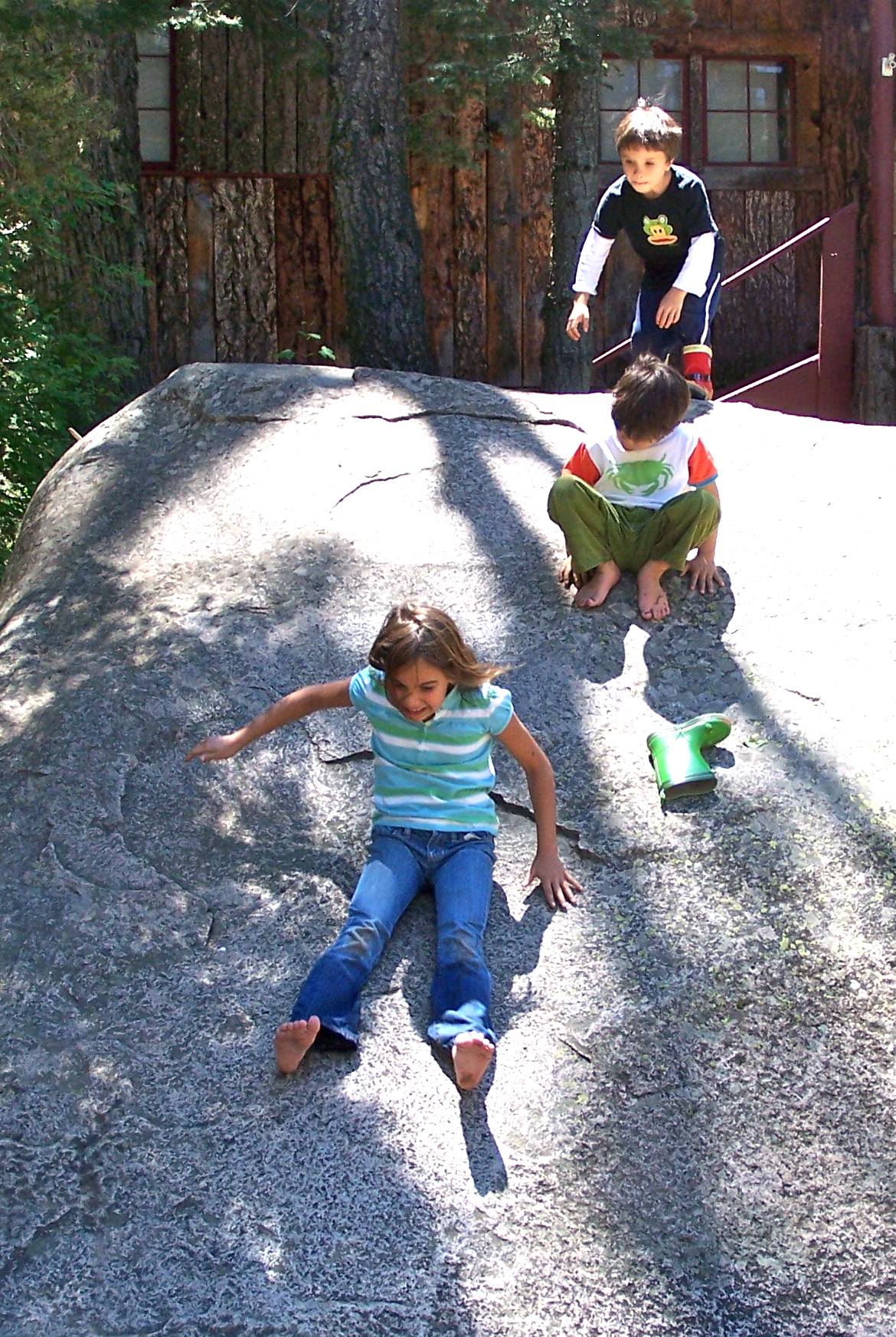It’s true. It takes a village to raise a child. It is also true that not just any village will do. Truly raising a child requires villagers willing to look past the rough, unfinished exterior.  People willing to see both the core, and the possibility of becoming within each child. Children don’t need perfect villagers. They need real ones. People aware that although they may be more “finished” than the children in the community, they still have growing to do.
People willing to see both the core, and the possibility of becoming within each child. Children don’t need perfect villagers. They need real ones. People aware that although they may be more “finished” than the children in the community, they still have growing to do.
My Aunt Mary was one of those imperfectly wonderful villagers for me. I spent countless days of summer and holidays in her home with my cousins, riding horses, playing marathon Monopoly, and eating the best ever chocolate cake with white icing. While at Aunt Mary’s house, I was one of her kids, nurtured and disciplined.
I think I understood from the beginning that my Aunt Mary was a wonderful, committed adult in my village. But it was during a conversation with her after I was grown, with children of my own that I came to understand the depth of her commitment and her determination to brave her own growth.
 We were standing at the sink, side by side. Her washing, me rinsing. I had stood in that kitchen, at that sink over the years with cousins, laughing, complaining, splashing. Now it was me, a mother myself, having a grown up conversation with Aunt Mary. I talked about my girls. She talked about her grandchildren, one of whom was struggling with bedwetting. You could feel the emotion in her voice as she worried about the potential stigma and hurt for her grandchild. And then she stopped, turning to look at me. Blinking back tears she said, “I hope I never made you feel bad, like there was something wrong with you.” “I hope I never made you think I was angry with you.”
We were standing at the sink, side by side. Her washing, me rinsing. I had stood in that kitchen, at that sink over the years with cousins, laughing, complaining, splashing. Now it was me, a mother myself, having a grown up conversation with Aunt Mary. I talked about my girls. She talked about her grandchildren, one of whom was struggling with bedwetting. You could feel the emotion in her voice as she worried about the potential stigma and hurt for her grandchild. And then she stopped, turning to look at me. Blinking back tears she said, “I hope I never made you feel bad, like there was something wrong with you.” “I hope I never made you think I was angry with you.”
You see, I had been a bedwetter. All the way through elementary school. Her words instantly took me back. I thought of that chapter of my life and the frustration she must have felt at the extra laundry alone created by my bedwetting. Swimming through that sea of memories enabled me to look her in the eye and say without hesitation, “No. Not ever.” In that moment I knew she was the best kind of grown up for a child’s village. She was a villager that cherished the heart of a child above all else. She was a villager brave enough to be real and to keep growing.
Thank you, Aunt Mary.




















